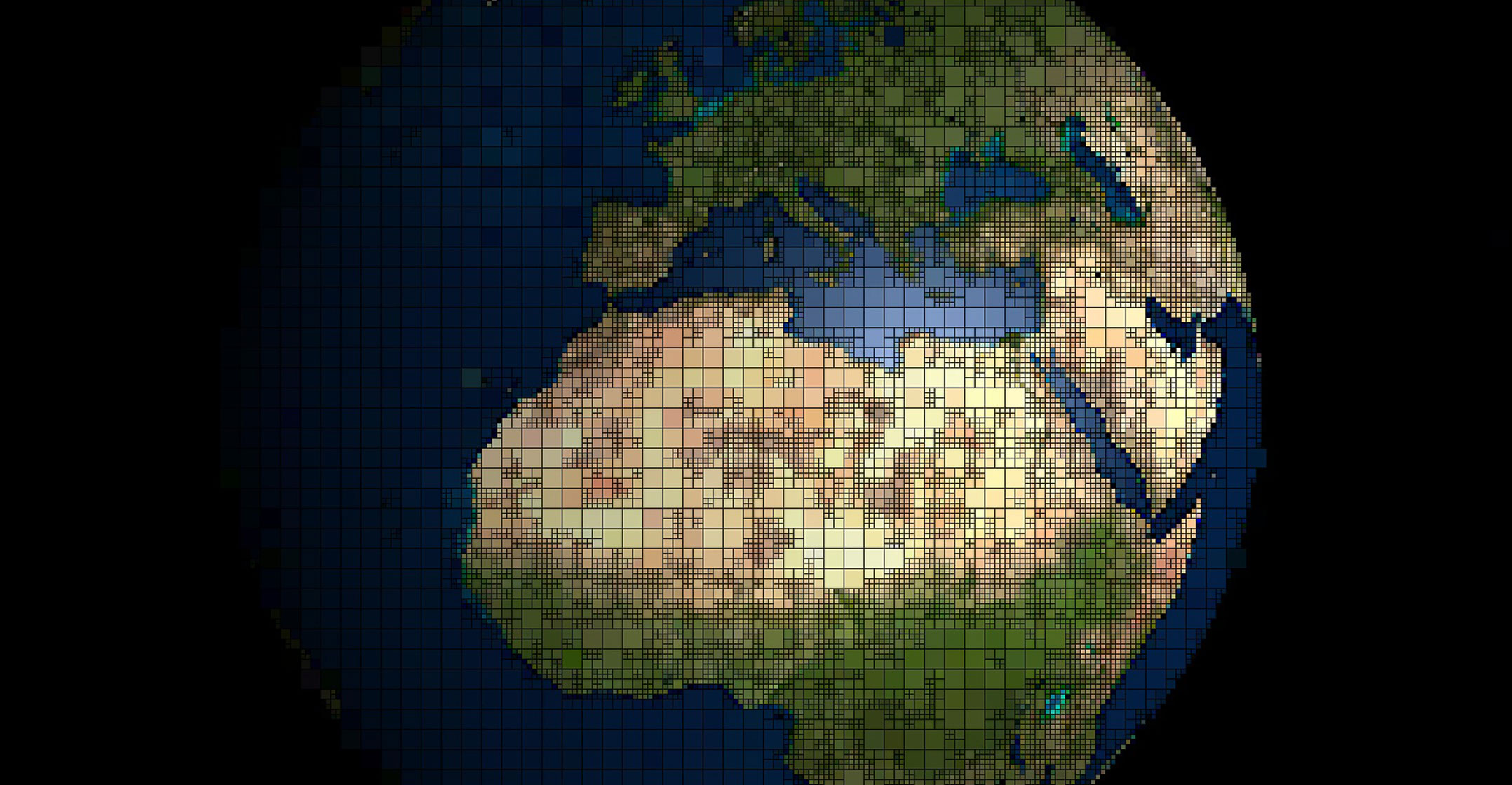 In a world divided between digital haves and have-nots, billionaires Elon Musk and Jeff Bezos are trying to close the gap. The two entrepreneurs separately aim to launch thousands of small satellites to zip around the globe in what’s known as low-Earth orbit, or LEO. Their plan is to offer high-end Internet coverage for clients like governments, mining companies and shipping conglomerates, as well as providing it to regions too remote or poor to install it on the ground. Start-up costs are in the billions of dollars.
In a world divided between digital haves and have-nots, billionaires Elon Musk and Jeff Bezos are trying to close the gap. The two entrepreneurs separately aim to launch thousands of small satellites to zip around the globe in what’s known as low-Earth orbit, or LEO. Their plan is to offer high-end Internet coverage for clients like governments, mining companies and shipping conglomerates, as well as providing it to regions too remote or poor to install it on the ground. Start-up costs are in the billions of dollars.
1. How low is low?
LEO satellites operate from 500km to 2 000km above the Earth’s surface. Traditional communication satellites are stationed far higher, at roughly 36 000km, and travel in so-called geosynchronous orbits, moving at the speed of the Earth’s rotation and appearing to float motionless above a fixed point.
2. What’s the advantage of a lower orbit?
A shorter trip is a faster trip, so the time needed for data to be sent and returned — what’s known as latency — is lower for LEO satellites than for those further out. And because signals can travel more rapidly through the vacuum of space than through fibre-optic cables, LEO satellites have the potential to rival or possibly exceed the fastest ground-based networks.
3. How fast is fast?
OneWeb, a London-based company originally backed by Richard Branson that’s begun launching washing machine-sized LEO satellites, recorded an average latency of 32 milliseconds in July 2019 on transmissions between space and South Korea. Musk, the founder of Space Exploration Technologies Corp., has said that his Starlink satellite system is aiming for a latency of 20ms initially, which he hopes eventually to cut in half. Talk like that has sparked speculation that financial firms could outpace their terrestrial securities trading operations. High-orbit systems, by contrast, have a median latency of nearly 600ms for a round trip. That’s adequate for broadcasting but is a barrier to real-time two-way communication.
4. What’s the downside of a low orbit?
The speed needed for stable orbit — achieved by balancing an object’s inertia with the Earth’s gravity — diminishes with distance. High-flying geostationary satellites travel at about 11 000km/h to avoid falling back to Earth, while LEO satellites must travel at about 27 000km/h, completing a full circuit of the planet in 90 to 120 minutes. That means each individual satellite is only in direct contact with a ground transmitter for a brief period and is why LEO projects involve so many satellites: OneWeb says that in its system, receivers are able to get a consistent signal because a new satellite will always fly into range and pre-emptively replace the signal of the satellite which is about to fly beyond the horizon, about every two minutes.
 5. Are LEO satellites new?
5. Are LEO satellites new?
No. Most of the Earth’s approximately 2 700 active satellites are already in LEO, according to a monitoring group called the Union of Concerned Scientists. For instance, a network belonging to US-based Iridium Communications allows voice and data communication from handheld satellite phones, and has been operating since 1998. Previous efforts led to bankruptcies by Iridium and Globalstar, also a US company. What’s new is the sheer scale of recent proposals, with the big firms planning to launch satellites in the thousands. The new ventures are counting on savings from smaller, cheaper satellites and reusable rockets, along with more powerful software capable of tracking all those hand-offs.
6. When will this start?
SpaceX has launched more than 480 of a planned 12 000 satellites; in October 2019, the company sought permission for 30 000 more. Both Musk and OneWeb have said that partial networks could go into service in 2021. State-owned China Aerospace Science & Industry is proposing a network of 156 satellites by 2022. Bezos’s Amazon.com has requested permission to launch 3 236 satellites. Meanwhile, traditional operators like ViaSat and Eutelsat Communications are continuing to invest in more powerful geostationary satellites, collaborating with companies such as Facebook to beam broadband to rural areas and aeroplanes.
7. Are they going to make money?
Many satellite companies never have. SpaceX has said completing Starlink may cost more than US$10-billion, though Musk estimated in 2019 it could bring in $30-billion to $50-billion/year once fully operational. (He says the satellites will produce the money needed for his ultimate goal of settling Mars.) To reach the four billion people on Earth who now lack high-speed Internet access, the satellite companies aspire to sell their services to governments, nonprofits and telecommunications providers. OneWeb, which had signed contracts it says could lead to Wi-Fi hotspots connected to its satellites, was acquired in July by the UK government and an arm of Indian telecoms tycoon Sunil Mittal’s Bharti Enterprises in an auction after filing for bankruptcy.
8. Who regulates LEO?
In a sense, no one. But satellite operators have to get approval for their launch and orbit plans from national communications regulators, and anyone planning to sell services to the US needs to go before the Federal Communications Commission. The International Telecommunication Union coordinates the allocation of frequencies for communications.
9. Is there room up there for all these satellites?
No one knows how close existing satellites are to triggering the Kessler Effect — named after Nasa scientist Donald Kessler, who raised the possibility that if space becomes too crowded, there will be collisions that trigger a catastrophic chain reaction of debris, causing yet more collisions. The US Air Force is developing a ground based radar system known as the Space Fence that’s meant to track satellites and debris; in September 2019, the European Space Agency moved a space probe after being warned it could come too close to a Starlink satellite. Another worry is that a more crowded sky will ruin the view. Astronomers complained after the SpaceX launch about sunlight they suspected was reflecting off the satellites, and Musk has asked his team to make them less reflective. — Reported by Greg Ritchie and Thomas Seal, (c) 2020 Bloomberg LP

